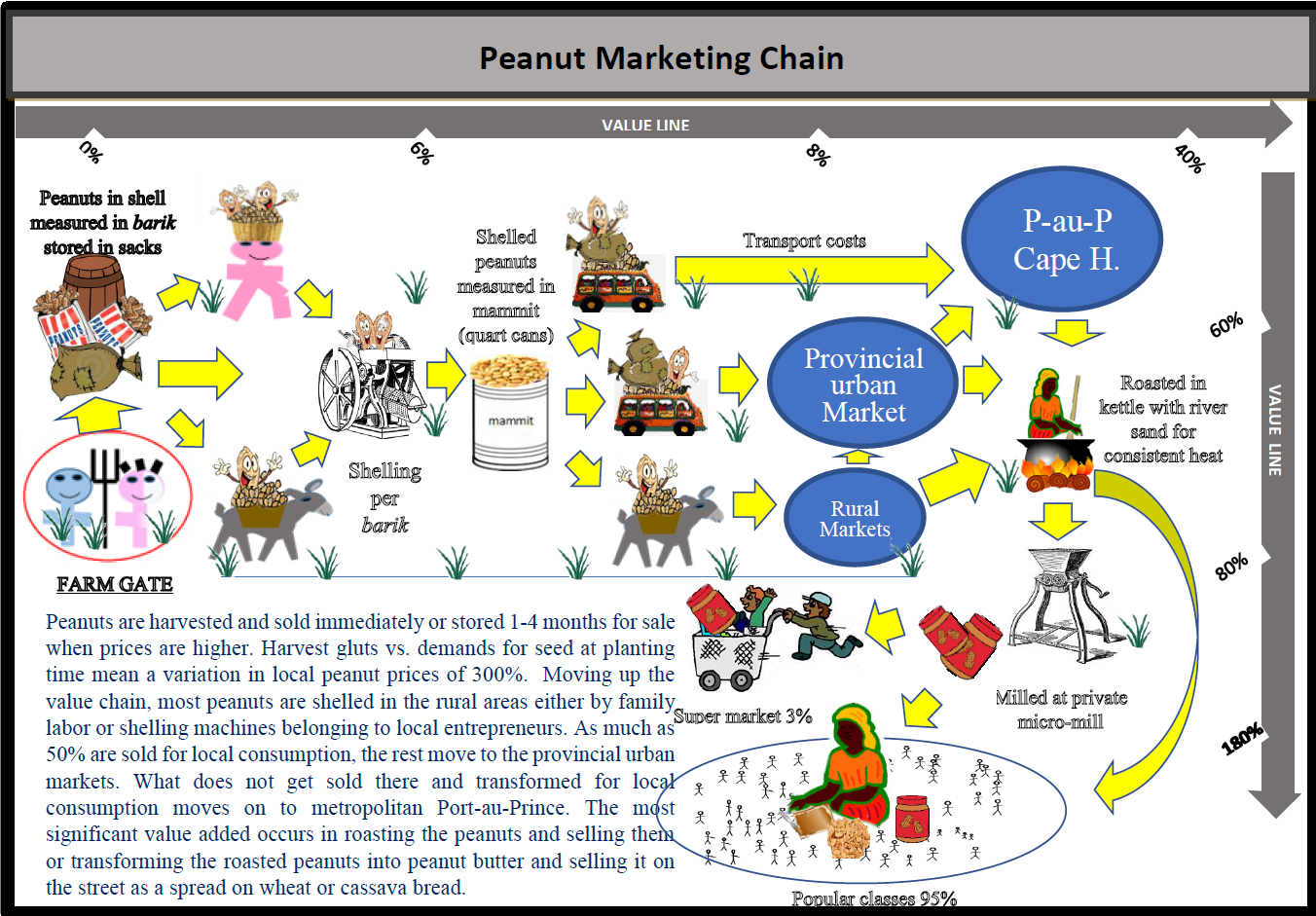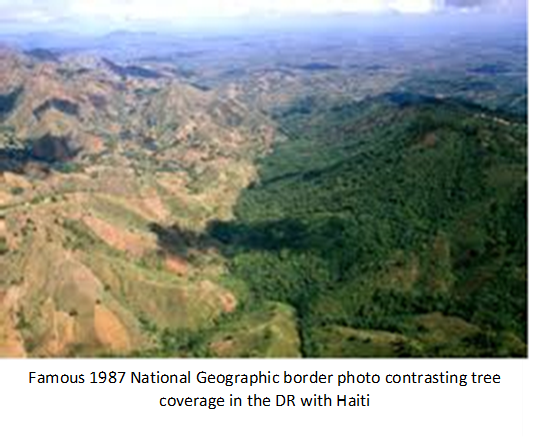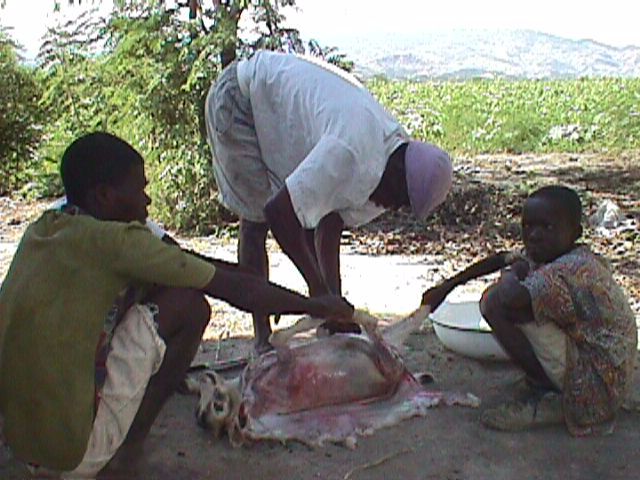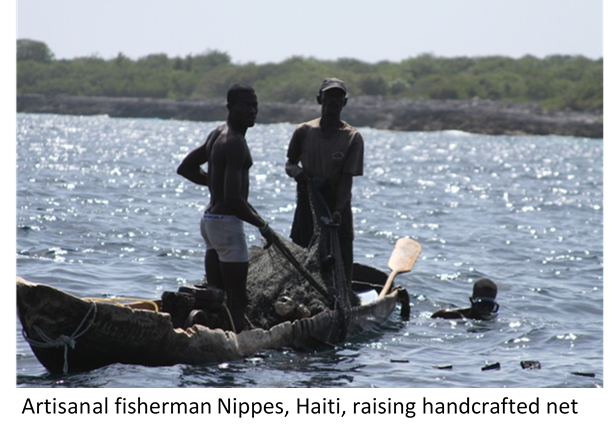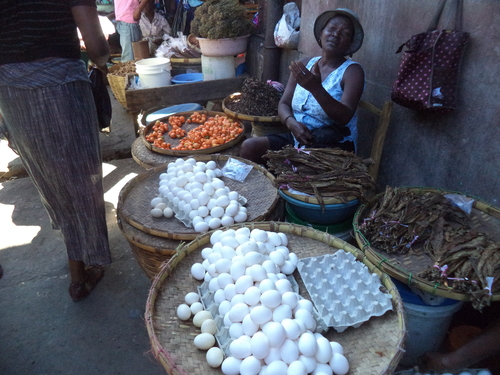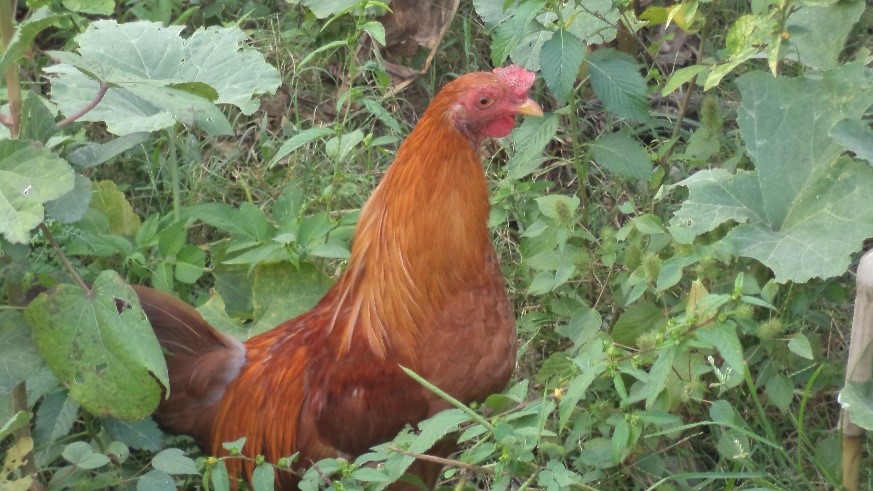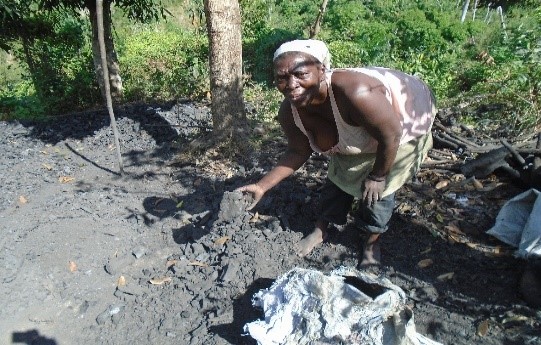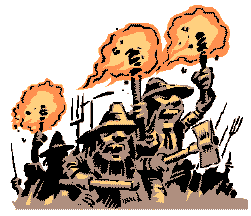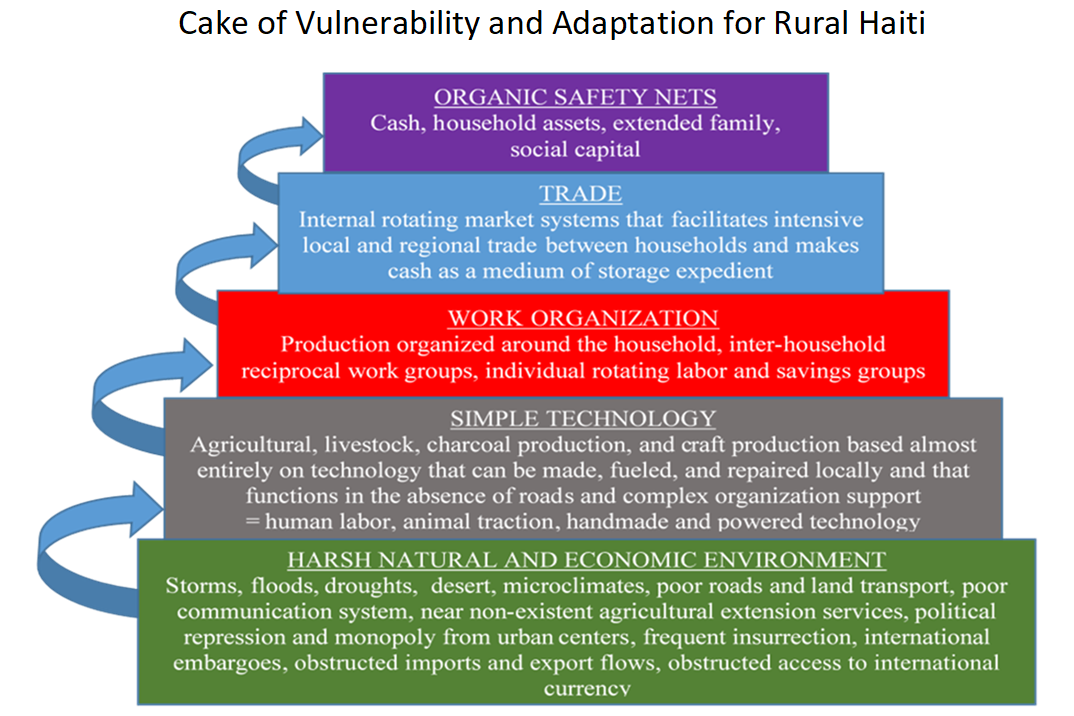The Peanut Ethnographic Value Chain in Haiti
Peanuts are endemic to Haiti. Pre-Columbian Taino Indians planted them. Haitians have always planted and eaten peanut products as, or more frequently, than any other food that is not part of the main mid-day meal. Haitians prefer locally produced varieties over imported peanuts. In this paper we examine the peanut value chain, taste preferences, andRead More
Fruit, Lumber & Charcoal Ethnographic Value Chains in Haiti
Using the MEVMS value chain research and presentation strategy described here, this paper provides a rapid summary of the Fruit, Lumber, and Charcoal value chains in rural Haiti. The research is based on literature review, focus groups and a 405 household survey in the Grand Anse conducted in January 2018 on behalf of Heks-Eper. [Go hereRead More
Goat Ethnographic Value Chain in Haiti
Using the MEVMS value chain research and presentation strategy described here, this paper provides a rapid summary of the goat value chain in rural Haiti. The research is based on literature review, focus groups and a 405 household survey in the Grand Anse conducted in January 2018 on behalf of Heks-Eper; focus groups key informantRead More
Artisanal Fish Ethnographic Value Chain in Haiti
As the Western third of the Caribbean’s second largest island, Haiti has a relatively small continental shelf surface area of 5,860 km2, approximately 20% the size of the entire country (27,750); but it has an exclusive economic zone (EEZ) of mostly deep-sea that is 86,398 km2, three times the country’s landmass and including what couldRead More
Industrial Fishing Value Chain in Haiti
Of the some 26,000 fishing vessels that were plying Haiti coast in 2018, only about 1,200 were involved in what can be called “industrial fishing strategies.” The reader should take note that this is distinct from the modern fisheries using megaton steel ships and massive nets with hydraulic powered wenches and onboard machine powered coldRead More
Formal Sector Egg Value Chain in Haiti
This paper focuses on formal egg production in Haiti. Data is drawn from a review of the literature and contact with farmers, entrepreneurs, merchants, and cooperative leaders. Current value of the Haitian egg market is 36 million USD per annum (MARNDR 2014). That translates to 41.2 million eggs per month; 6.45 million are produced inRead More
Chicken & Egg (Poultry) Ethnographic Value Chain in Haiti
This paper focuses on egg production in Haiti with an emphasis on popular class rural household livelihood strategies. Data is drawn from a review of the literature and contact with farmers, entrepreneurs, merchants, cooperative leaders, and two surveys: a 382 household “Chicken Survey” and a follow-up telephone sub-survey of 91 of the original respondents. ConstraintsRead More
Haiti Anthropological Brief: Myth of the Indiscriminate Haitian Charcoal Maker
A common myth often repeated among development experts working in Haiti is that the peasants cut their fruit trees for charcoal (see MIF 2010; USAID/WINNER 2015; TNS 2014; Davenport 2000:1). And they do. But what’s mythical is the implication that they are indiscriminately felling healthy and productive fruit trees. After seven years of researching factors thatRead More
Haiti Anthropological Brief: Land Tenure in Haiti and Myth of Land Insecurity
The most cited explanations for the “failure” of Haitian peasants to invest in improving the land they live on– such as planting mango trees—are often the weakest explanations. And perhaps the most cited reason of all—and the most mistaken– is land insecurity, or what 30 years ago one of Haiti’s most consulted consultants, Gerald F.Read More
Haiti Anthropology Brief: Cake of Vulnerability and Adaptation to Poverty
Here are a series of diagrams intended to make the prevailing rural Haitian household livelihood strategies easily understandable. The first diagram, above, is what we are calling, “The Cake of Vulnerability.” It is a model reminiscent of Marx’s Infrastructure, Structure and Super-structure description of modern human social organization. Here it is inspired by the moreRead More
